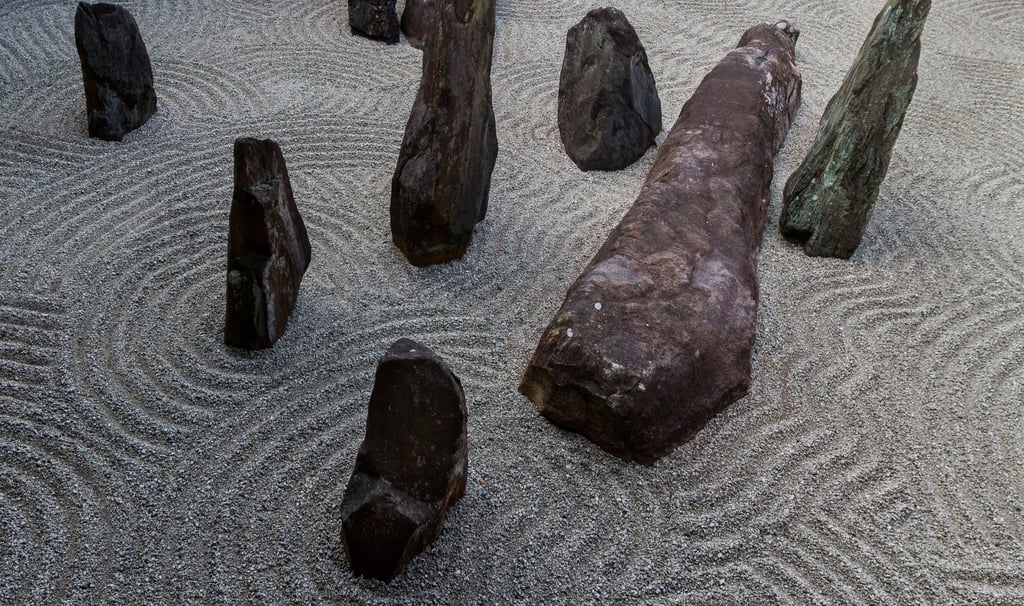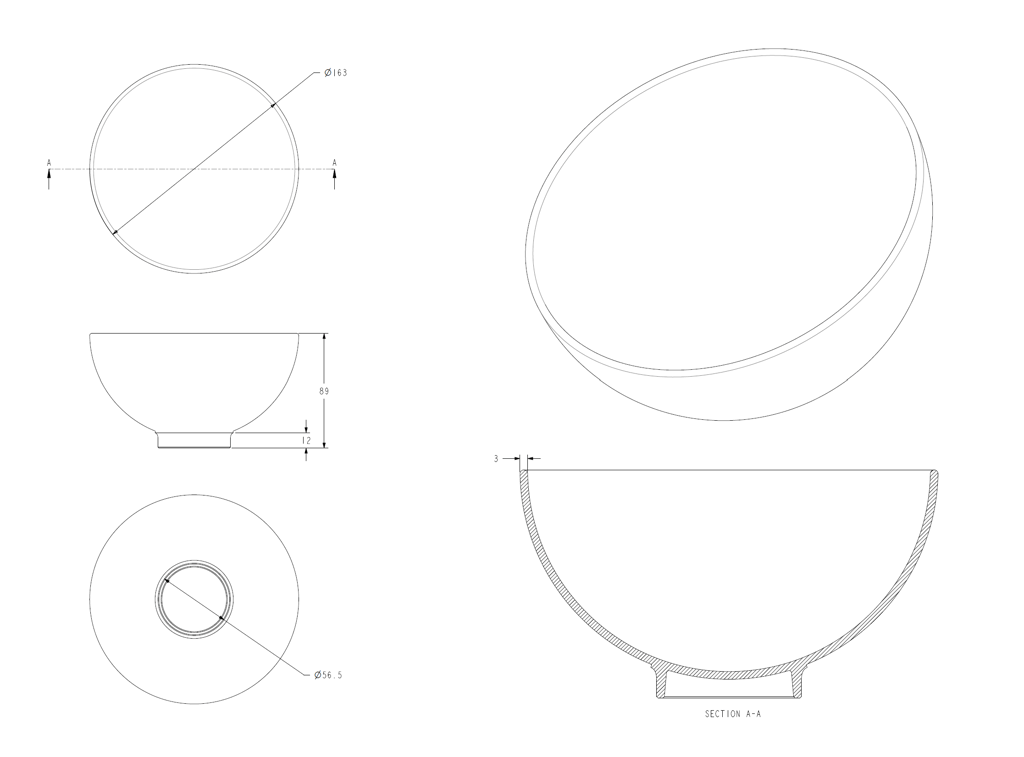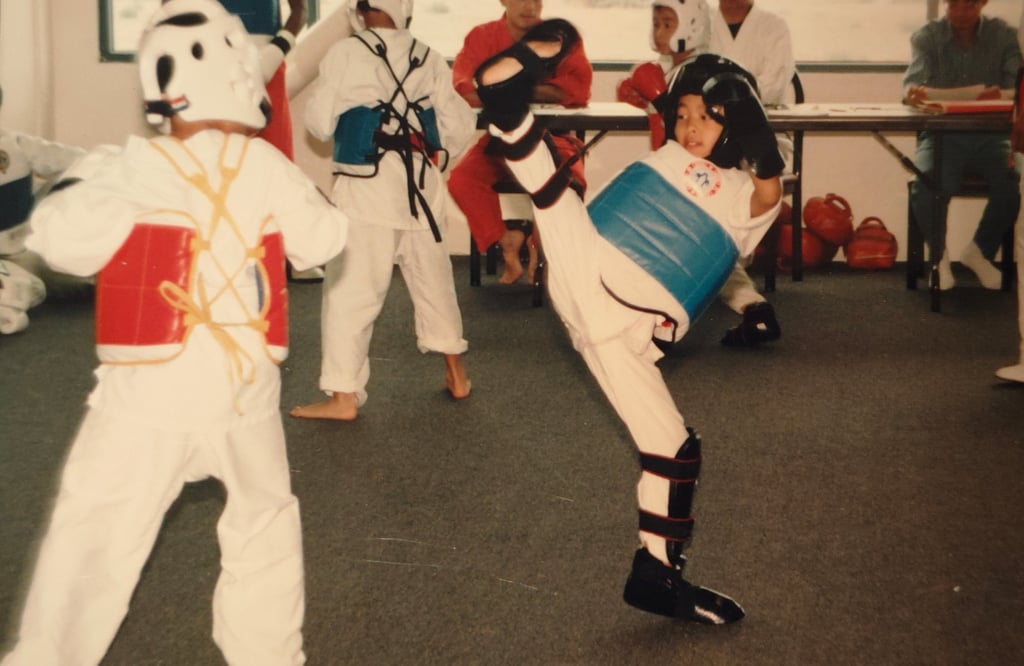Shaping Clay, Shaped by Life
Incoherent and preachy ramblings about how my past has shaped my pottery
8/11/20253 min read
When I sit down at the wheel, I don’t just see a lump of clay. I see an opponent. A dance partner. An opportunity.
It’s not as dramatic as martial arts, but the parallels persist. I started martial arts when I was seven, and the lessons were drilled into my soul: repetition to perfection, conquering the self before the opponent, sensing the push and pull in every movement. In sparring, you don’t just impose your will — you read your partner, respond in kind, and flow with what comes. In pottery, the clay responds too, just in squishier ways. It slumps, resists, wobbles, and you adjust. The best pieces are formed not from domination, but from conversation.




All of these things: martial arts, competitive gaming, engineering, pottery, they all have their versions of success and failure. Dealing vs receiving blows. Head shots vs teabags. Mass production vs project cancellation. In pottery, a piece might emerge from the kiln exactly as envisioned, or with pits, warps, and cracks. The truth is, success is just a goal, not a requirement. If your only measure of success is the result, you’re setting yourself up for disappointment. Each fired vase is a fleeting moment. What makes it worth it is the process: the skills you sharpen, the patience you practice, and obviously the friends you make along the way! Like the cover photo, take in not only the big rocks, the milestones of life, but also the small, rippling waves that connect each one.
The process — the repetition, the setbacks, the improvements — is often the very thing people rush through to get to some end result. But in all these pursuits, the doing is where I find contentment. It’s in the rhythmic hum of the wheel, the friendly discussions in the background, the momentary refuge from life's stresses. So I keep throwing. And when the clay is in a good mood, and a finished piece comes out nicely, it’s not just pottery. It’s every skill I’ve ever honed, every insightful discussion, every lesson from prior failures, quietly finding its place in my hands.


That same philosophy carried into my teenage years, except now my matches were on a TV or computer screen. I gravitated toward competitive, high-skill video games for similar reasons. You might know the feeling, even if you’ve never touched a controller in your life. That thrill of facing a challenge where skill, focus, and determination are pushed t its limits. In a close match, like on the wheel, one wrong move can mean the difference between an elegant vase and a muddy pile. In both cases, you're left with hindsight and growth.
Nowadays, as a mechanical engineer, I spend a good chunk of my days designing around form, fit, and function. I collaborate with industrial designers who often obsess over form: how a product looks, how it feels, how light reflects off its contoured surfaces. Some of their design principles have rubbed off on me. For me, with pottery, form is the heart of the piece. The clay body, glaze, and texture: these are secondary. Like clothing, they can enhance a person’s style, but they can’t replace the person underneath. A beautiful glaze without a strong form is like a flashy dress on a mannequin. Nice from afar but hollow, and sometimes unsettling, up close.
Below is an engineering drawing of a bowl, my first and probably last. Does it make this blog post look more professional? Are you impressed? Don't answer that. I just wanted to let you know that I enjoy simple shapes and a semi-spherical bowl really hits the spot.
Thanks for visiting
Let me know if you have any questions
Contact
Updates
kokeiceramics@duck.com
© 2025. All rights reserved.
